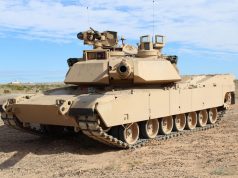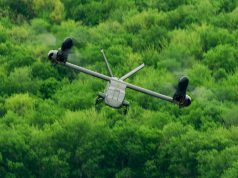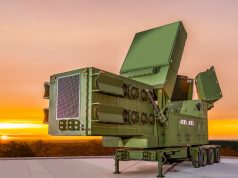The US Army is retiring its final three Medium Altitude Reconnaissance and Surveillance System (MARSS) Quick Reaction Capability (QRC) aircraft after ceasing operations with the fleet in September last year.
Beginning with MARSS 1 supporting US Southern Command (SOUTHCOM) in the early 2000s, the Army received 20 MARSS aircraft to support aerial intelligence, reconnaissance and surveillance (ISR) missions with deployments to sites around the world.
The MARSS aircraft offered support in US Army Intelligence and Security Command (INSCOM) and US Special Operations Command (SOCOM) in US Central Command (CENTCOM) as well as peacekeeping missions in US European Command (EUCOM).
Although the specific sensors of the MARSS QRCs changed over the approximate 20 years of service to meet emerging threats and mission needs, the principal capabilities of the fleet included signals intelligence (SIGINT), full-motion video (FMV), and high resolution imagery (HRI) sensors.
With the drawdown of other Army assets in CENTCOM early in 2021 and the resulting divestment of the seven MARSS aircraft deployed there in support of INSCOM, the three MARSS aircraft supporting SOCOM operations in CENTCOM became the last three operational assets in the MARSS fleet until complete operations ceased in the fall of 2021.
Modified from commercial King Air 300 aircraft, dating back to 2009, the final three aircraft provided SOCOM with operational support for about 90 missions per month resulting in more than 130,000 flying hours at the time of their retirement.
The final aircraft are currently in the US undergoing de-modification to remove all the aerial ISR equipment. The aircraft will officially retire from US military service by March 2022.



























